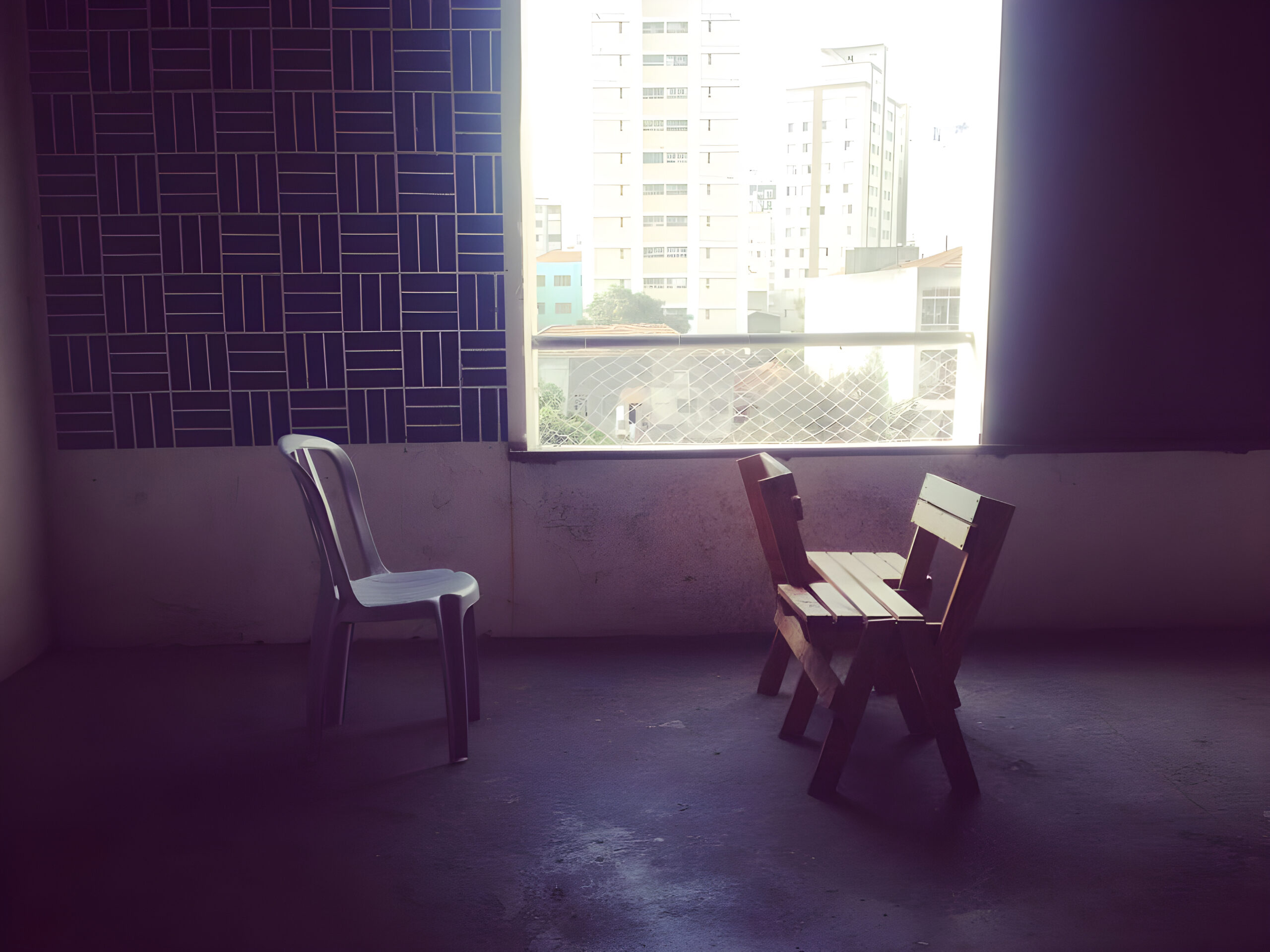The Freud Museum occupies a special place in the world of psychoanalysis. It opened to the public in 1986 in the former home of Sigmund Freud – in which his youngest daughter, Anna Freud, lived for over 40 years – and contains his library, desk, analytic couch, domestic furniture, and thousands of ancient objects which he collected during his lifetime. Freud’s study and consulting room represent many of the influences that made him the person he was – the books he read, the figures he admired, the diversity of his interests in arts, literature, science, religion; his therapeutic work, his theoretical work, and his various roles as a doctor, researcher and scientist. Freud’s antiquities stand as a reminder of his abiding interest in the broad sweep of human cultural history.
The museum also offers a well established education service and research facilities, including access to a specialist library, photo archive and document archive. Being neither a clinic, training body, or an academic institute, the museum occupies a crucial position in the culture and heritage of psychoanalysis – within the legacy of Freud, but critically and creatively separated from the dangers of dogmatism. Its aims are fundamentally aligned with those of the FREEPSY project.
From the beginning the staff and trustees were determined that the museum would become a vibrant and open cultural resource, a ‘museum for the people’. They endowed it with a far reaching, vital objective: to heighten public awareness of the applications and ramifications of Sigmund Freud’s work. As such, it took a central role in organising the two conferences that prefigured the FREEPSY project, which were critically important to the credibility and continued relevance of the museum itself. It is part of the mission of the museum to extend the boundaries of psychoanalysis, bring Freud’s theories to bear on diverse cultural realms and, conversely, introduce ideas from other disciplines into psychoanalysis. The ethos of the museum is expressed through exhibitions, courses, talks, conferences and the work of conservation and care that preserves the archive and objects that are open to the public. Psychoanalysis is for the people – not just in the sense that people can benefit from psychoanalysis, but because psychoanalytic knowledge can and should be disseminated across many areas of social life, and practised in diverse ways for the benefit of many different communities.
The educational work of the Freud Museum, with students and adult learners who come to the house and public engagement projects in which museum activities are taken into the community, promotes a psychoanalytically-informed practice that can have therapeutic effects. It points to new possibilities of what ‘psychoanalysis’ might mean in the modern world, and our understanding of how, where and when it is practiced.
The FREEPSY project takes its inspiration from Freud’s paper of 1918 and the development of free clinics as a socially conscious psychoanalytic practice in Europe during the interwar years. The Freud Museum is proud to be a partner organisation with this important endeavour.


